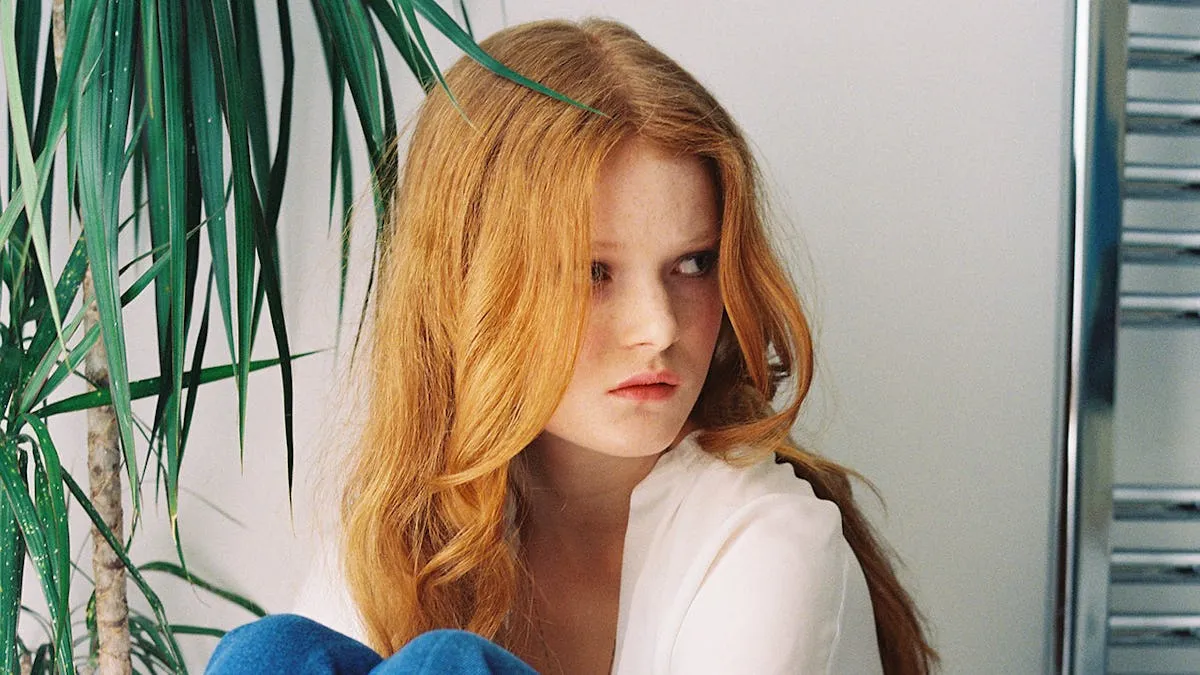
Redheads have long been a source of fascination and myth. Making up just 2% of the global population, these rare individuals inspire countless legends and studies, highlighting their unique traits and the rich tapestry of stories woven around them. From being mythically linked to witchcraft and vampirism to groundbreaking scientific studies on their genetics and health traits, redheads occupy a distinctive niche in cultural and scientific dialogues. This article explores the vibrant world of redheads, debunking myths, and delving into the scientific truths that make them stand out.

The Health Implications of Being a Redhead
The rarity of red hair lies in its genetics. The MC1R gene, responsible for red hair, operates under recessive inheritance, which means both parents must carry the gene variant, even if they themselves do not have red hair. This genetic rarity contributes to red hair’s allure and mystique. According to Mark Elgar, PhD, from the University of Melbourne, the probability of having red hair combined with blue eyes—the rarest combination—is a mere 0.17%. Despite the genetic odds, redheads are not going extinct; they remain a vibrant and significant part of the population, especially in places like Ireland where they reach their highest concentration.
Unique Traits and Misconceptions
Red hair is not just a marker of cultural identity but also carries significant health implications. “There’s no question that red-haired individuals are at a much higher risk for skin cancer than brown-haired individuals,” states Gregory Papadeas, DO, a dermatologist and past president of the Colorado Dermatologic Society. This increased risk is due to the MC1R gene mutation, which leads to the production of pheomelanin, a type of melanin less effective at protecting against ultraviolet light compared to eumelanin, which is predominant in darker hair and skin tones.

Furthermore, redheads are found to have different pain thresholds and responses to anesthesia. Research suggests that redheads may require more anesthesia than others due to their unique sensitivity to pain. This anomaly is also linked to the MC1R gene, which influences pain sensitivity and tolerance.
Redheads in Cultural Representation and Science
Apart from health-related traits, redheads are often perceived differently in society. Studies have shown they are considered more temperamental and sexually promiscuous compared to other hair colors. These perceptions, however, are more reflective of societal stereotypes than factual differences. Additionally, redheads are capable of producing more vitamin D—an essential nutrient for bone health—more efficiently than those with other hair colors, a trait that has evolutionary benefits in regions with low sunlight.
The representation of redheads in literature and media often swings between glorification and stigma. Studies and books, such as Harvey’s “Red: A History of the Redhead,” explore these themes extensively, illustrating how red hair has been a symbol of both beauty and otherness throughout history.

The continued research and interest in redheads reflect a broader human curiosity about diversity and the ways in which our genes influence our lives. From higher risks of certain cancers to unique pain thresholds, the life of a redhead is filled with both challenges and advantages, framed by a striking hair color that catches the eye and sparks the imagination.
In conclusion, the world of redheads is as rich and complex as the color itself. Whether debunking myths, understanding genetic peculiarities, or exploring health implications, redheads continue to intrigue and inspire questions about the beautiful diversity of the human race.
